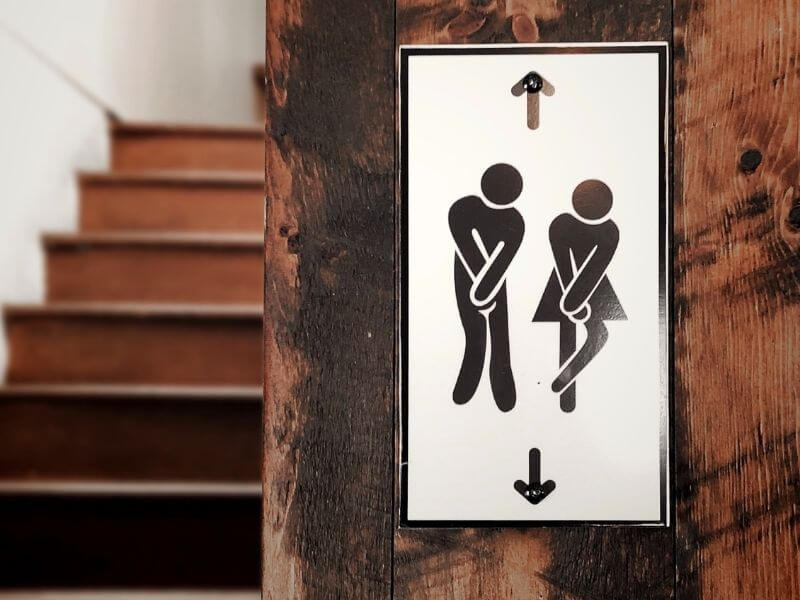If you find yourself frequently feeling the urge to urinate, you may be one of the more than 10-15% of women who experience overactive bladder (OAB). 1
While you may be embarrassed about your condition, overactive bladder is very common and there are many effective ways to manage it. Women can empower themselves by understanding their symptoms and learning how to treat them.
Understanding Overactive Bladder
Like the name suggests, an overactive bladder is one that is, essentially, overactive. The primary symptom of this condition is frequent, sudden urges to urinate that you may find difficult to control.
You may also urinate frequently (generally described as more than 8 times in a 24 hour period), have nocturia, in which you need to urinate at least two times a night, and/or experience urge incontinence, which means you leak urine unintentionally.
OAB happens when the muscles of the bladder contract involuntarily, regardless of whether you actually need to pee. This can be caused by nerve damage, urinary tract infections, certain medications, dementia, and weak pelvic floor muscles, among many other factors.
Many women think leakage and urgency is just a normal, unavoidable part of motherhood, but this is absolutely not true (see more incontinence myths here). Thankfully, you are not destined to suffer with incontinence for the rest of your life simply because you are a mom, and you have many options for managing this issue.
All About OAB
Managing OAB
OAB can dramatically and negative impact your quality of life.2 Even though this condition is rare, many women are embarrassed by it and choose to suffer in silence. They may also be unaware of the wide variety of options there are to treat and manage OAB.
For example, keeping a log of symptoms, maintaining a healthy weight and stopping smoking are all lifestyle interventions that can help relieve your symptoms. You can also avoid or limit beverages with caffeine or artificial sweeteners, which can irritate your bladder. And while it’s critically important to stay hydrated, you can learn how to better manage your water intake with incontinence.
Because pelvic muscle weakness or spasms can lead to OAB, strengthening the muscles of the pelvic floor can also help. These muscles are like most of the muscles in your body, in that they can become stronger through strength training.
The most common way to train and strengthen your pelvic floor is to do what are called Kegel exercises, in which you identify and then contract your pelvic muscles. Learn more about how to perform Kegels here.
Your doctor can also help you manage your OAB through medication, nerve stimulation and, where necessary, surgery. Your doctor may also recommend you seek out the help of a pelvic floor physical therapist.
Hopefully, your main takeaway from this article will be that OAB is a serious condition that you can and should discuss with your doctor. Learn more about when to a doctor about your incontinence here, and see how to find a doctor who specializes in pelvic floor disorders here.
















